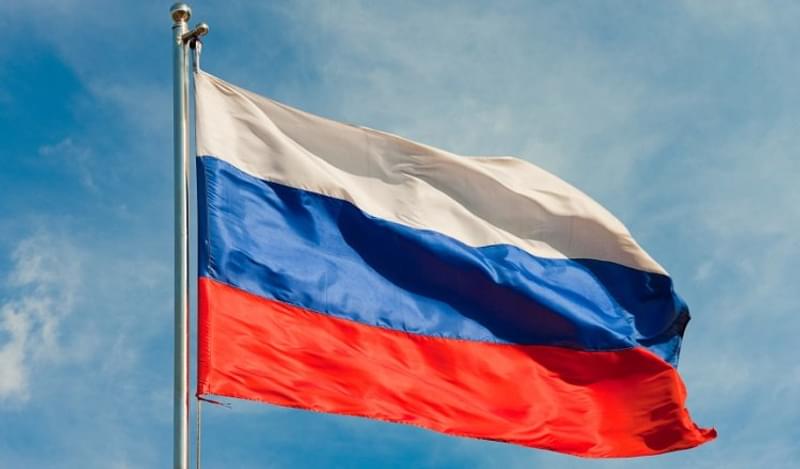Since the Ukrainian crisis of 2014 and Russia’s explicit pivot to the East, Kazakhstan has remained a key strategic partner for Moscow, both geopolitically and economically. However, Western sanctions, the Kremlin’s self-imposed trade barriers and plummeting oil prices have slowed Russia’s economy, which is impacting the wider region.
“This announcement confirms a strong desire from both states to develop and improve their bilateral relations. The main threat to the completion of these projects stem from their very similar economic models, which make both vulnerable to drops in commodity prices and currency volatility,” explained Oleg Kouzmin, a Russia & CIS economist at Renaissance Capital in Moscow
Shadow of past failures
Despite high expectations, multilateral trade between the EEU states fell by 26% in 2015, with crisis-hit states dipping into their reserves (by around 10-15% on average) to prop up increasingly volatile currencies and to stave off inflation. Significantly for Kazakhstan, its foreign trade turnover in the same period reduced by 37%, and trade with other EEU members fell by 29%.
Now the two largest economies of the EEU are showing signs of recovery, and the Astana forum is expected to launch a new stage of mutually-beneficial projects, with presidents Vladimir Putin and Nursultan Nazarbaev, the two states’ economic ministers and over 900 businessmen and entrepreneurs are taking part.
According to the Kazakh leader, up to 40 deals’ worth over US$27bn are being discussed, with the potential to boost bilateral trade by 5%-11%.
While the negotiations will touch on multiple industries, including chemical, metallurgy, pharmaceuticals, innovation and manufacturing of building materials, the focus will be on logistical and infrastructural development to accommodate the “Western Europe – Western China” megaproject.
The project, part of the New Silk Road economic belt, is jointly financed and carried out by China, Kazakhstan and Russia. While the Chinese built their 3,425km section of the project back in 2011 and Kazakhstan is close to finishing its 2,787km share, Russia is not expected to complete its 2,233 kilometres until 2020. A lack of funding and bureaucratic red tape are seen as the primary obstacles to its completion.
Old friends, different priorities
While strong historical and ideological ties mean that Moscow and Astana broadly head in the same direction, the latter has shown less willingness to risk economic prosperity for geopolitical gain and has often overlooked tensions between the Kremlin and its other partners, such as Turkey or China, if it meant boosting the economy.
After the 2009 financial crisis the Kazakh economy registered 1.2% growth, while Russia’s dipped by 7.9%. Since then Kazakhstan has shown a strong desire to attract foreign capital and modernise, with much of the political elite moving into the private sector.
Consequently, major projects, such as the development of Tengiz and Kashagan oil fields, were funded by Western and Japanese investors. China’s influence is also growing because it sees Kazakhstan as a vital trade link to the European markets. Its level of investment in Kazakhstan is now 11 times that of Russia.
But for now, it does not appear that there is any direct competition for the Kazakh contracts and projects.
“One of the main goals of this forum is to raise the efficiency and productivity of logistics and transport networks between Russia, China and Kazakhstan,” said Kouzmin. “I don’t really see it as a ‘fight for Kazakhstan’, rather that Kazakhstan is becoming a platform for successful cooperation between Russian and Chinese companies.”
Investment steady
Despite a shaky start of the year for tenge, inflation has been kept under control and this week the Central bank announced a rate reduction of 50bp to 12.50%, signalling that easing will continue if the economic situation remains stable.
“If the slowdown of inflation follows through and the tendency for a stable drop in annual inflation and stable growth in the tenge deposits is confirmed, a reduction in the base rate before year-end is not excluded,” the Central Bank said in the statement.
Overall, foreign investment in the Kazakh economy has been rising gradually in recent years, with 25% growth year-on-year between January and July this year. The foreign share of total investment has remained steady at between 20 and 50% in the since February 2014.
Most of the capital flow has been directed towards the oil and gas sector, but the government hopes that new transport and infrastructure projects will help to diverge flows of foreign capital.
Regardless, the country’s credit remains attractive for investors: yields on its 2025 dollar bond briefly plummeted to 3.366% at the beginning of September, but soon recovered and remained steady at around 5%. “Kazakhstan was and remains a very good spot for fixed income investors,” concluded Kouzmin.
With Russia becoming increasingly isolated through sanctions and political conflicts, Moscow has no choice but maintain and develop ties with its neighbours. Kazakhstan urgently needs to improve infrastructure and develop its regions, so this is partnership looks promising for both sides.
Whether it will reap rewards depends on how committed both sides will stay to the deal. For Russia, it means cutting the red tape and easing customs on Kazakh border. For their counterparts – maintaining political and economic stability to finance their side of the bargain. Both have little to lose and much to gain.









